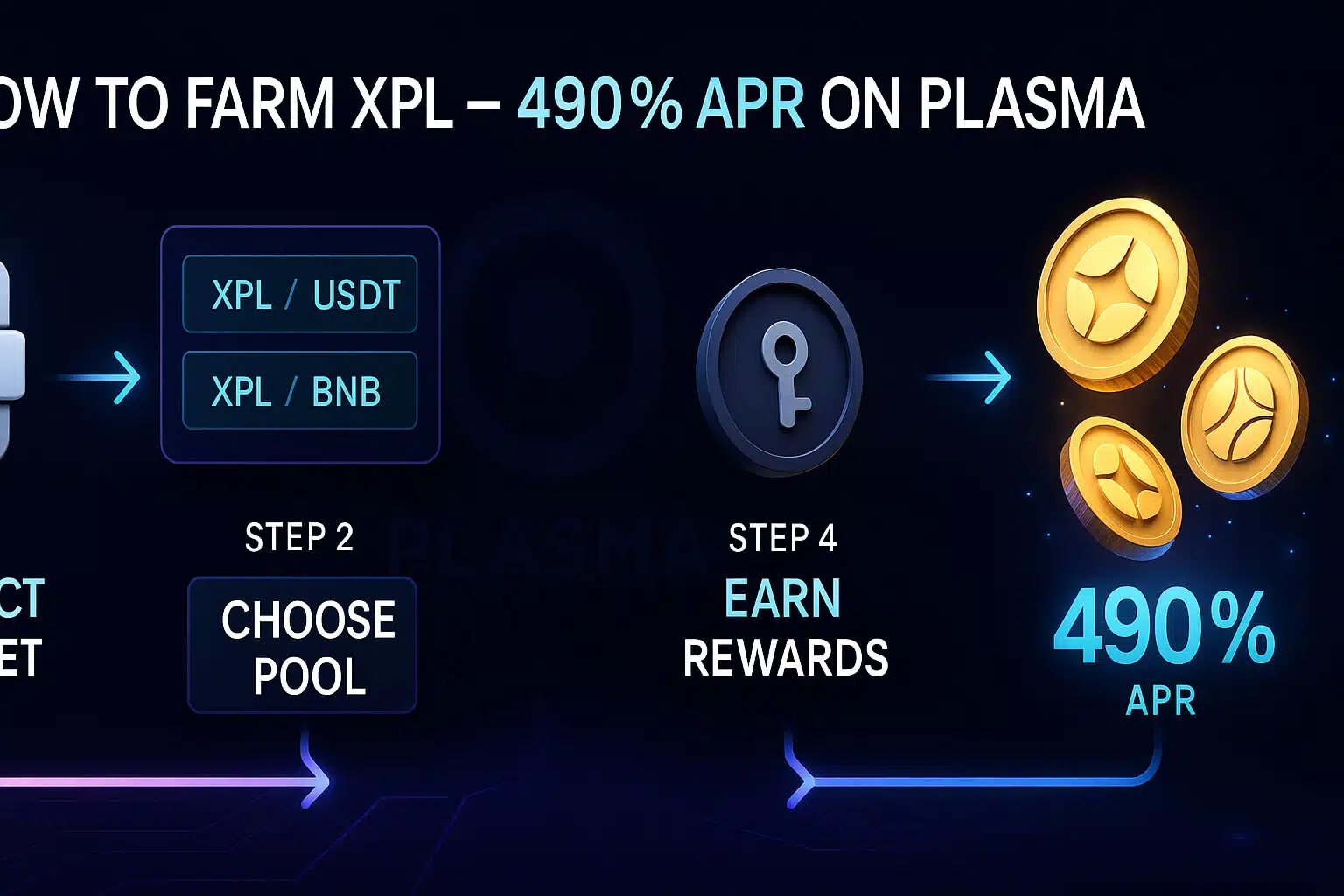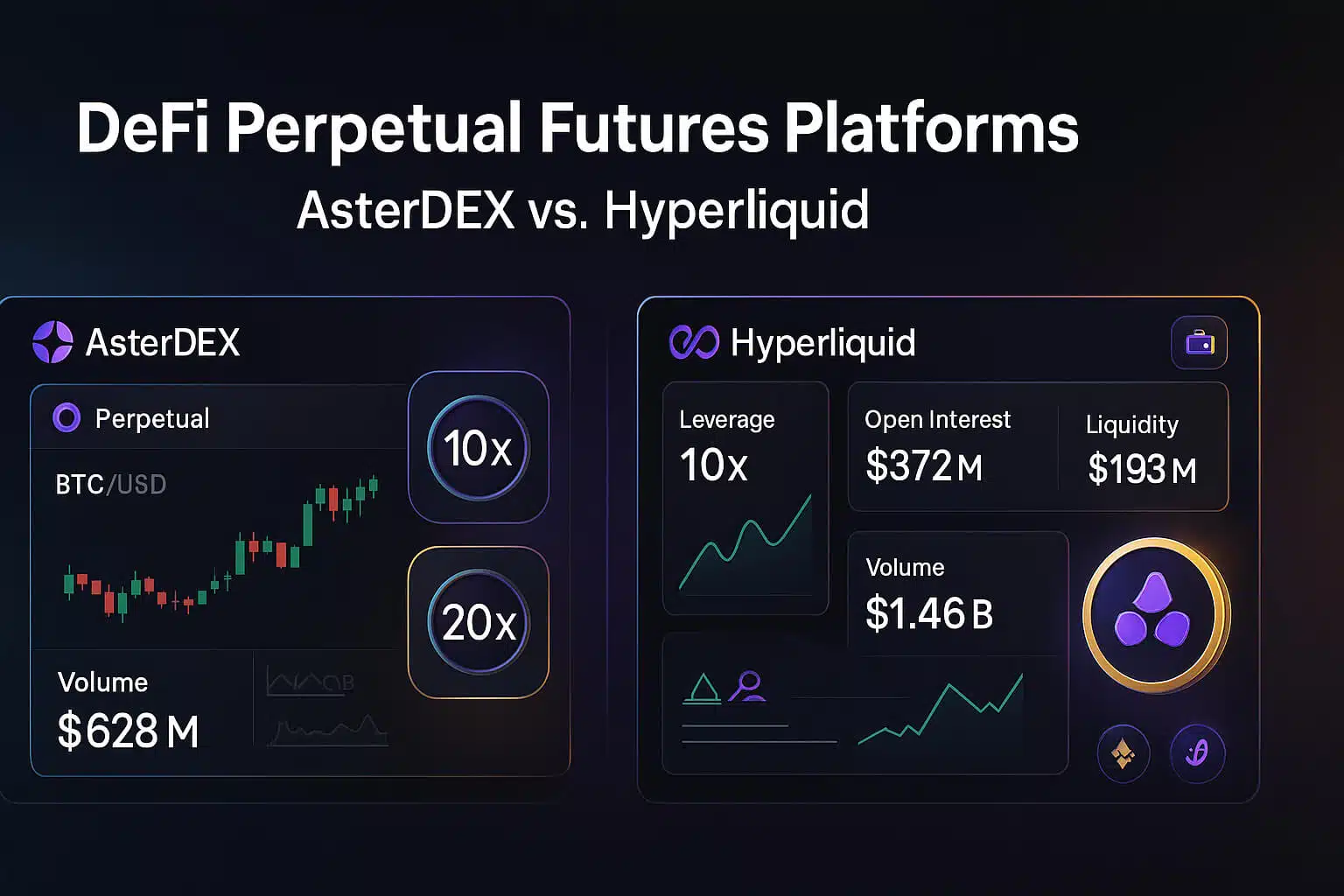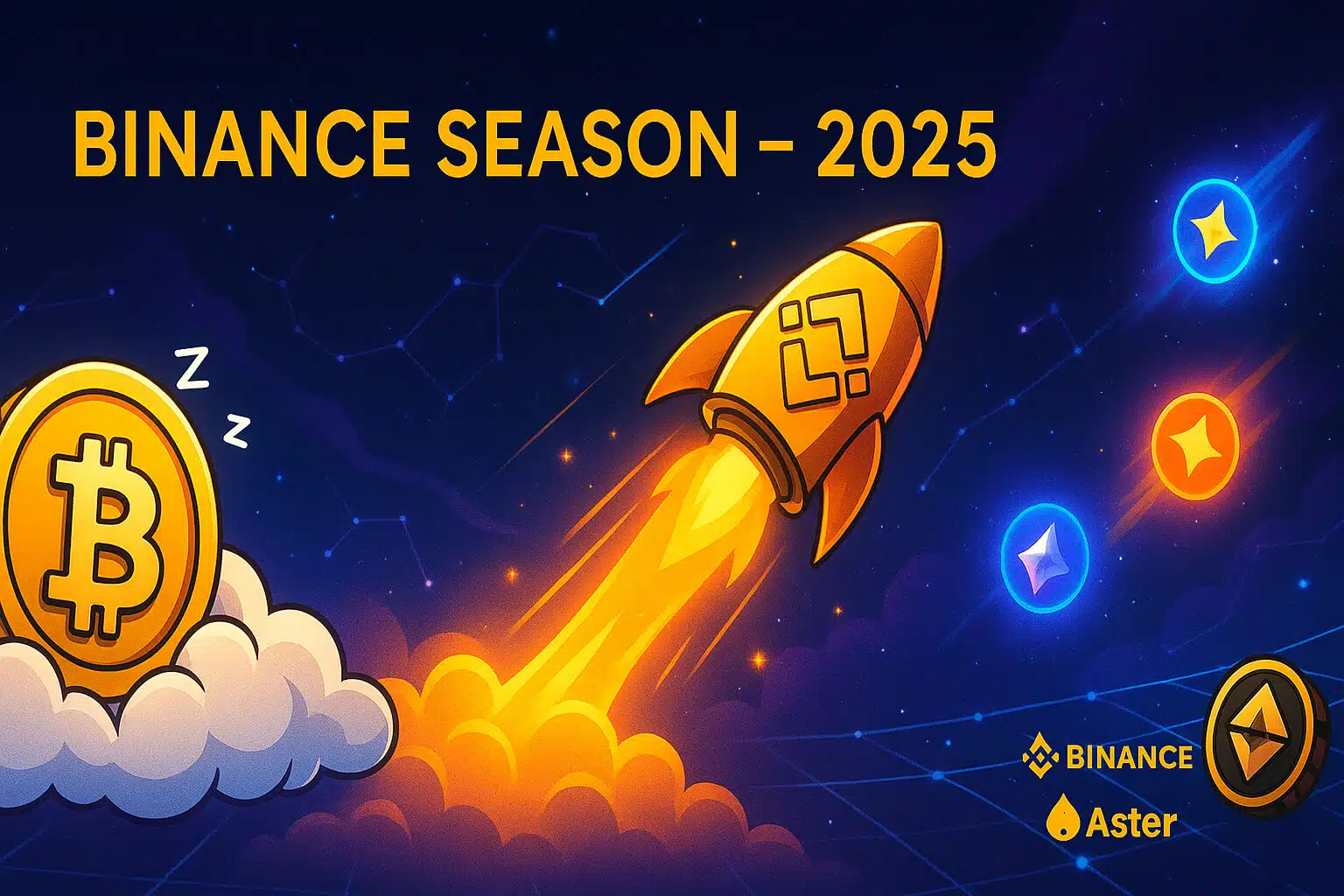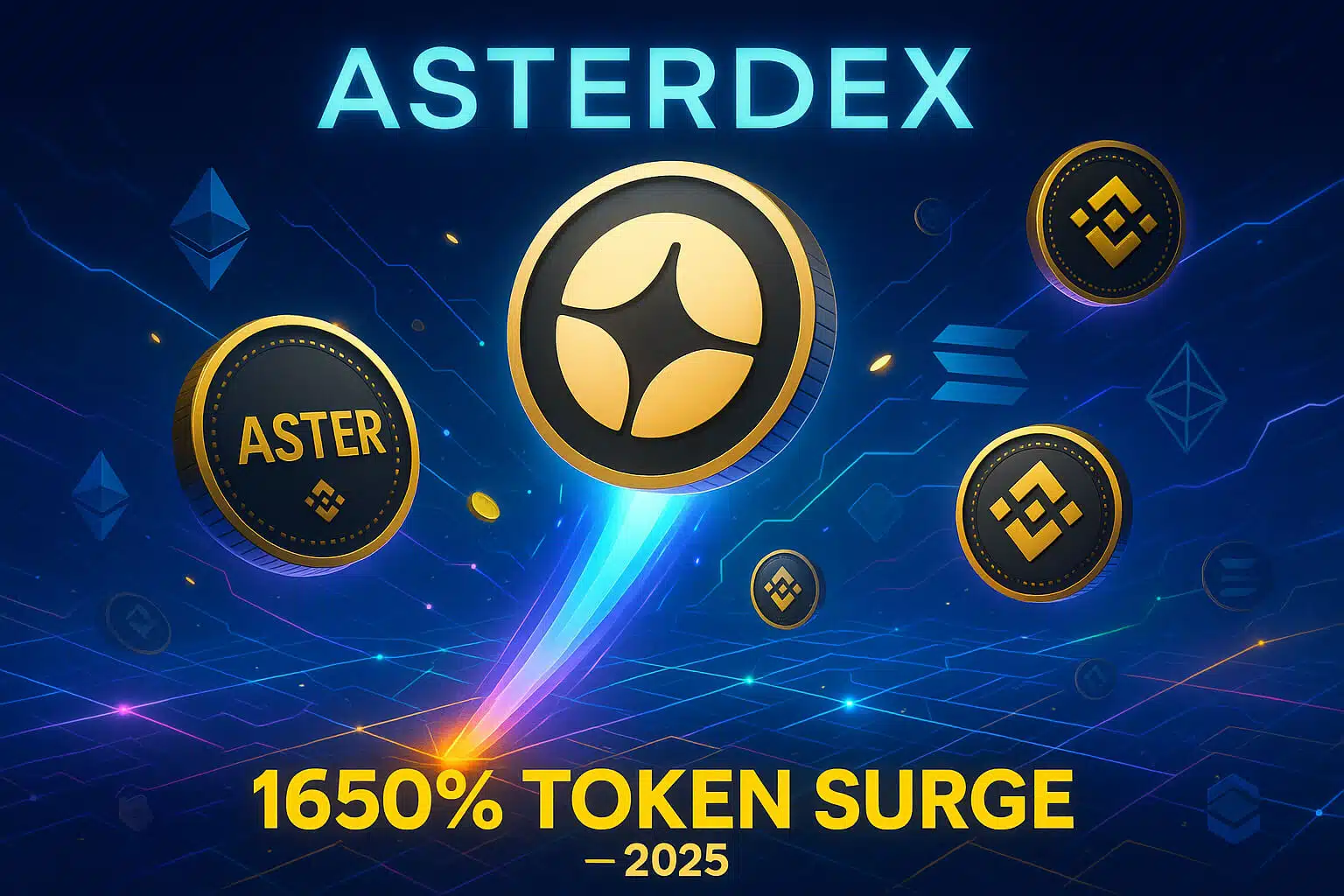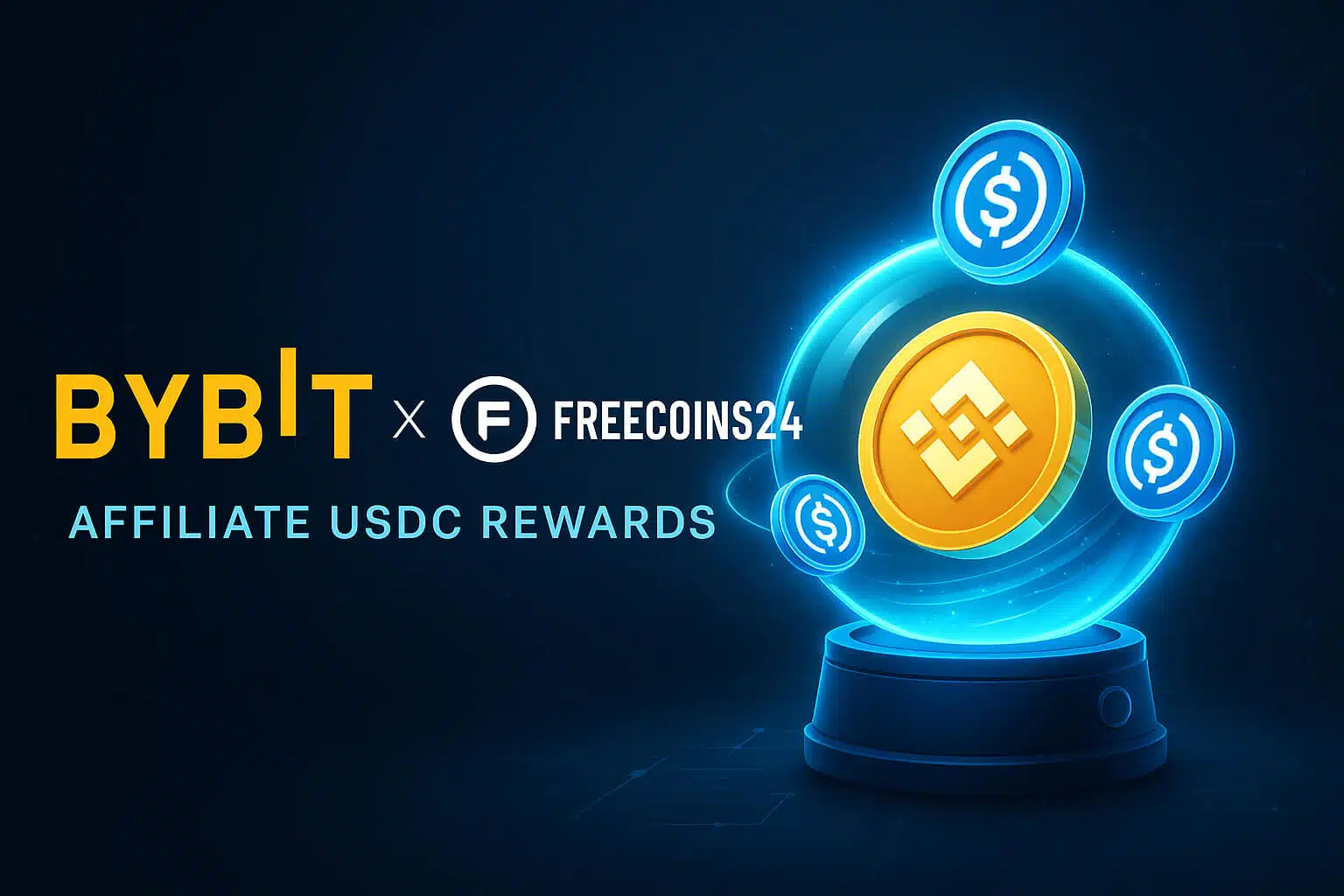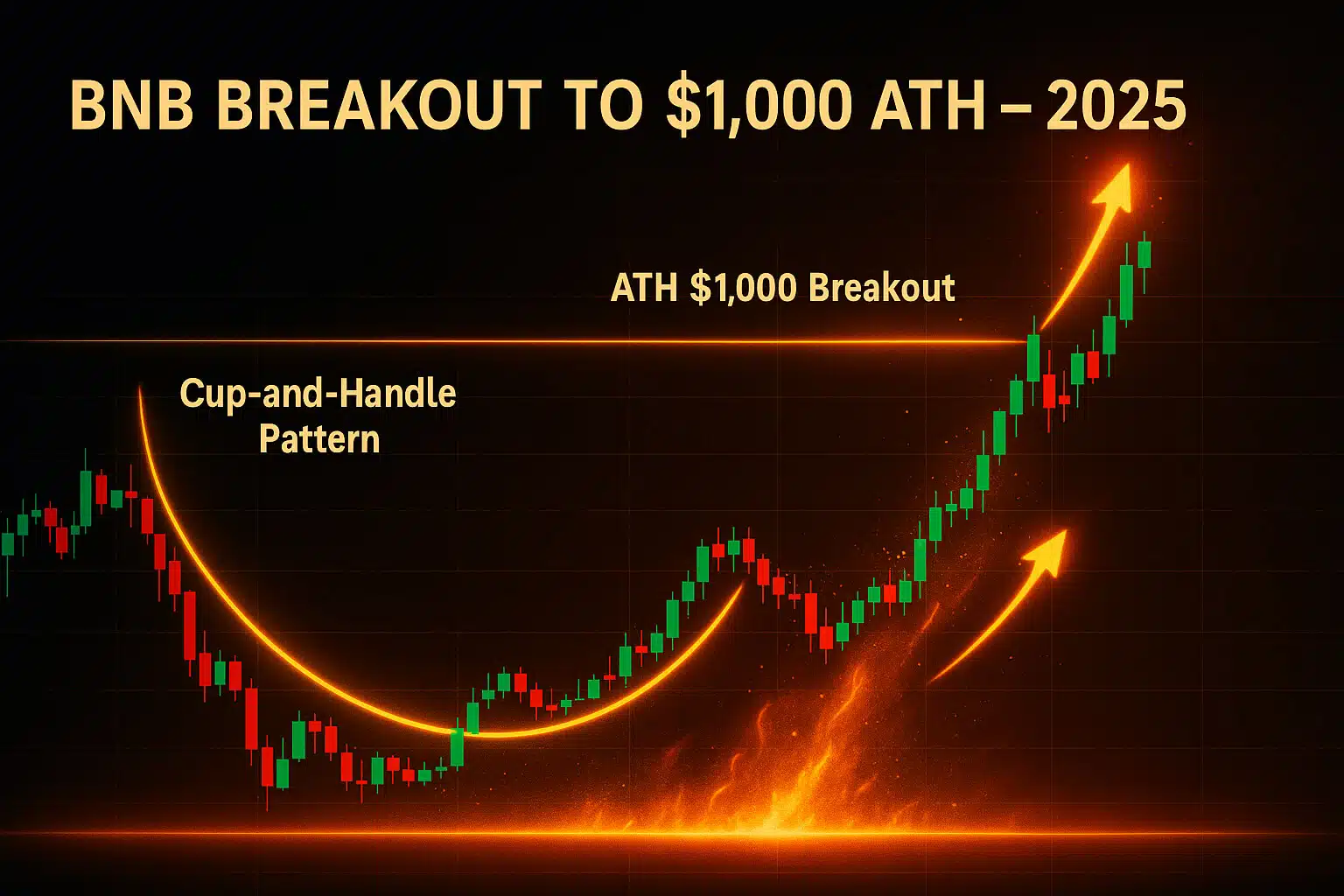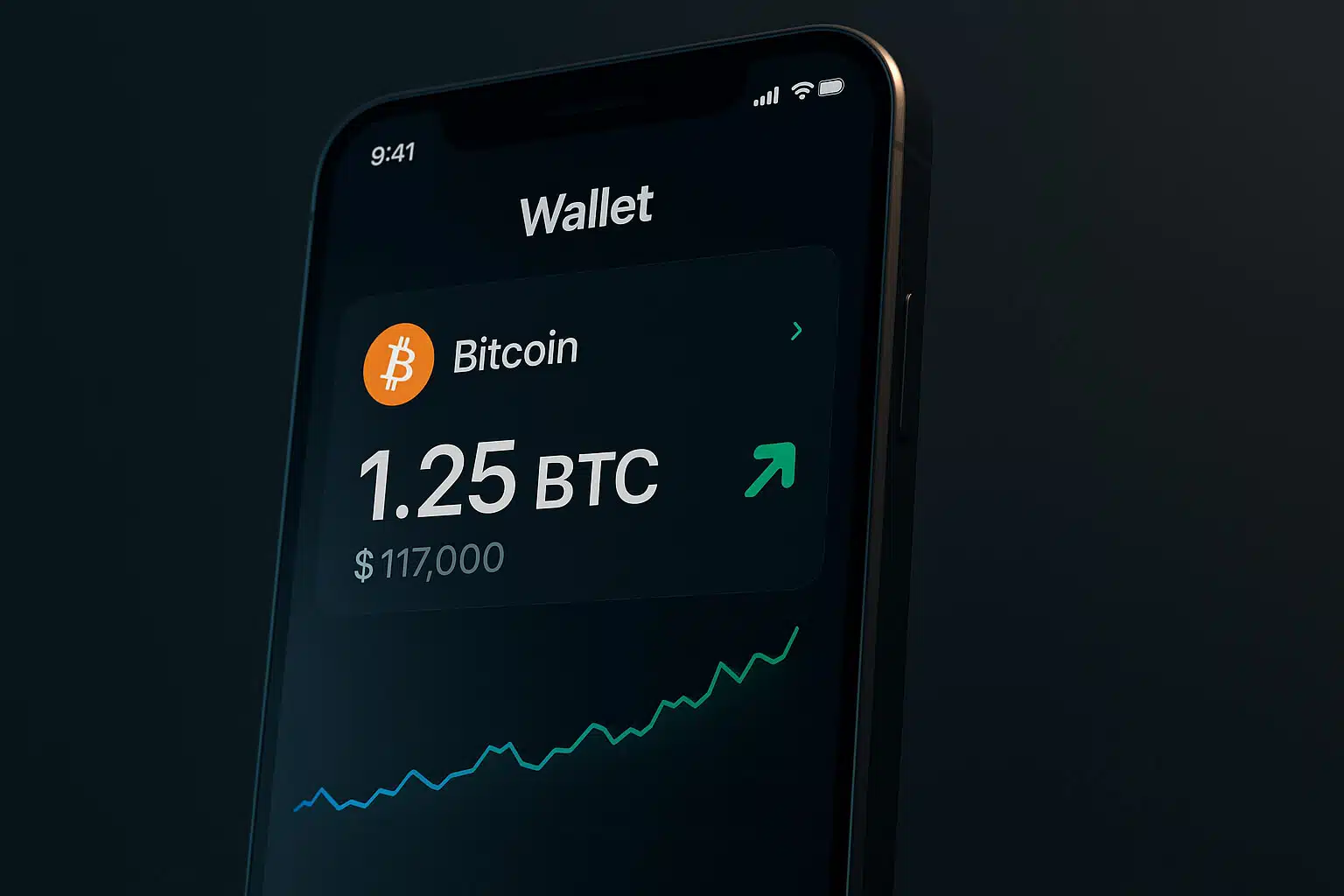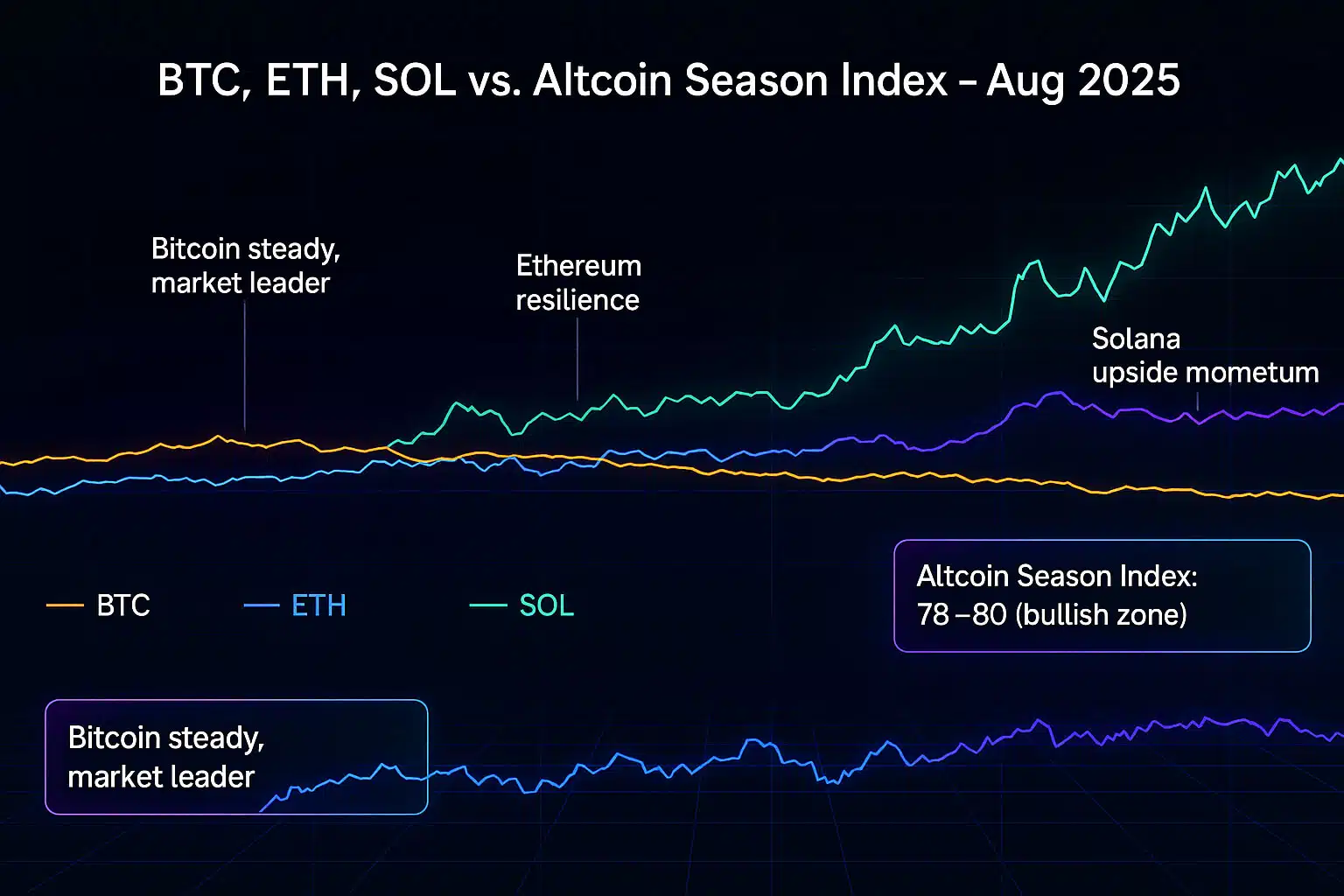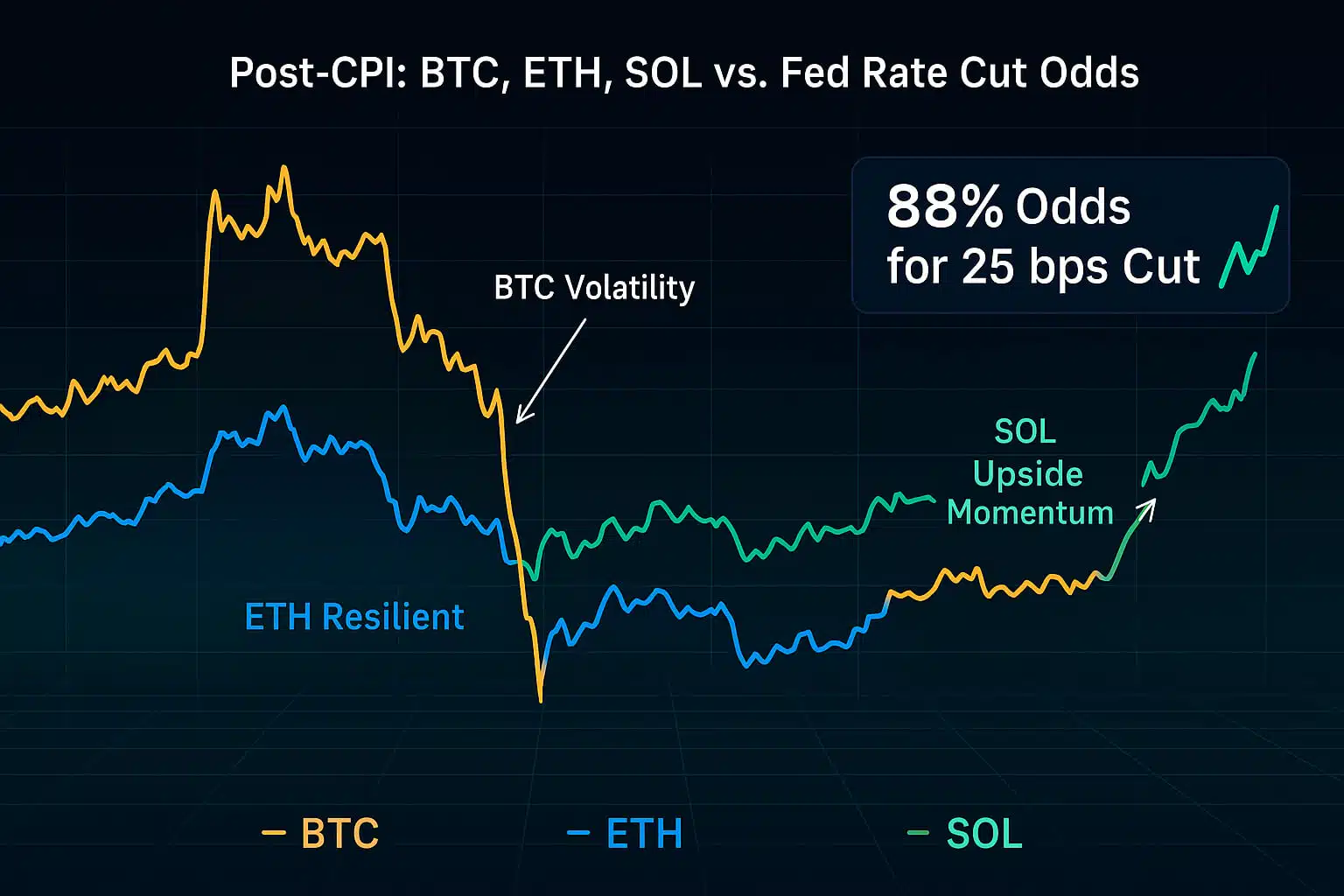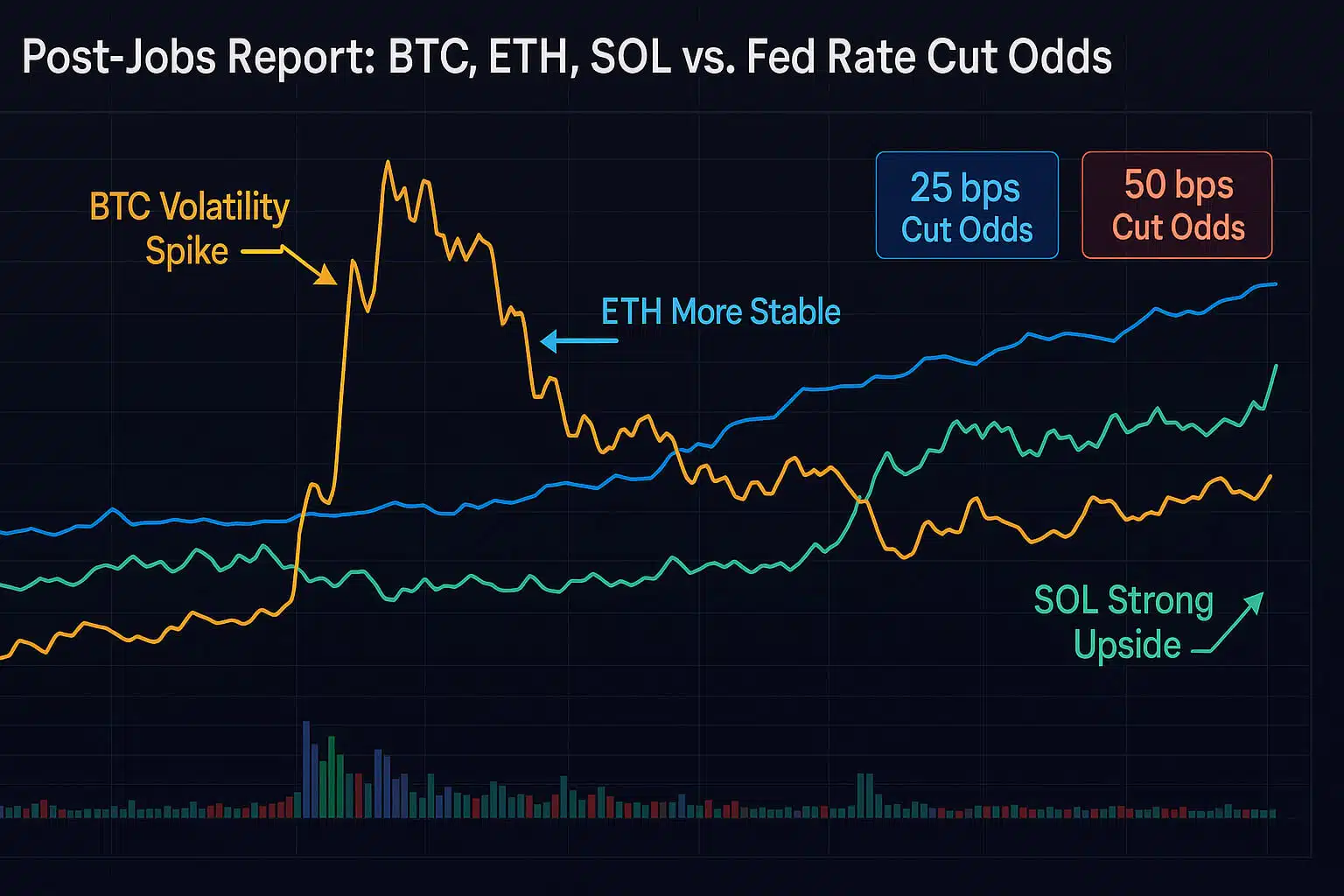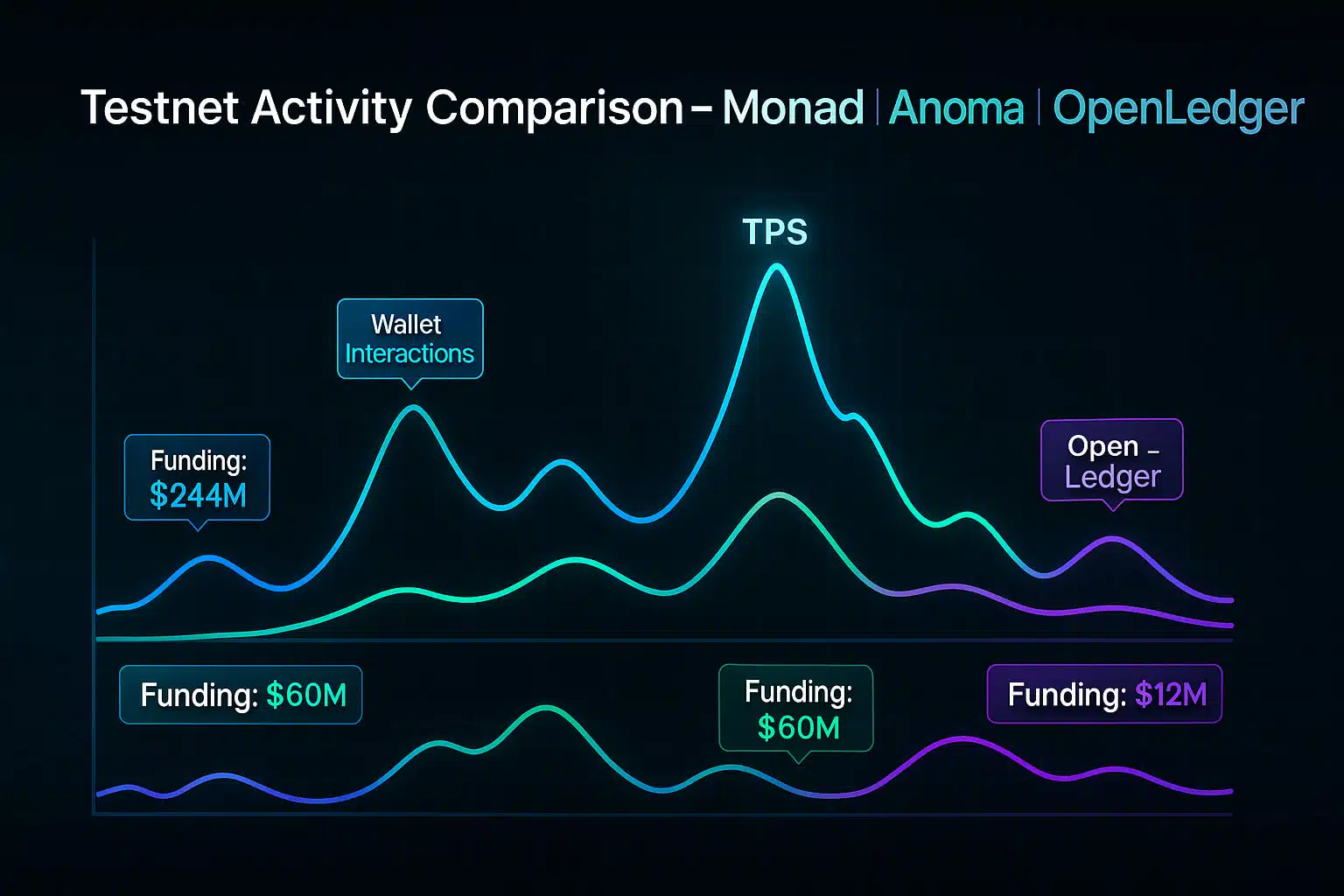Solana (SOL) Guide: The Ultimate Guide
Introduction
Solana (SOL) is recognized as one of the fastest-growing cryptocurrencies, known for its high-speed transactions and low fees. This Solana (SOL) guide dives into the world of SOL, covering its history, underlying technology, applications, advantages, risks, and future outlook. Plus, find out how to buy and sell SOL on Bybit and get a $30,000 deposit bonus with our special link!
History of Solana (SOL)
Solana was founded in 2017 by Anatoly Yakovenko, a former engineer at Qualcomm. The project aimed to create a scalable blockchain that could support high throughput without sacrificing decentralization.
Key Milestones:
- 2017: Solana is founded by Anatoly Yakovenko.
- 2020: Solana’s mainnet beta is launched.
- 2021: SOL experiences significant growth and adoption, becoming one of the top cryptocurrencies by market cap.
For more details on Solana’s journey, visit Solana.
Price History:
- Initial Price (2020): Around $0.22
- All-Time High (November 2021): $260.06
To explore SOL’s price history in detail, check out CoinMarketCap.
Technology Behind Solana (SOL)
Solana operates on a unique combination of proof-of-history (PoH) and proof-of-stake (PoS) mechanisms, which allows it to achieve high throughput and low latency.
Key Technological Features:
- Proof-of-History (PoH): A novel consensus mechanism that timestamps transactions to increase throughput.
- Proof-of-Stake (PoS): Used for network security and validation.
- Sealevel: A parallel smart contracts runtime that optimizes resources.
For a deeper dive into SOL’s technology, check out the Solana Technology Documentation.
Applications of Solana (SOL)
Solana’s high throughput and low fees make it an attractive platform for a variety of decentralized applications (dApps).
Major Use Cases:
- Decentralized Finance (DeFi): Supports a wide range of DeFi applications.
- NFT Marketplaces: Provides a fast and cost-effective platform for NFT creation and trading.
- Web3 Applications: Facilitates the development of scalable Web3 applications.
To see how businesses are leveraging SOL, visit Solana Use Cases.
Advantages of Solana (SOL)
- High Throughput: Capable of processing over 50,000 transactions per second.
- Low Fees: Transaction fees are significantly lower compared to other blockchains.
- Scalability: Designed to scale with the number of nodes and validators.
- Ecosystem Growth: Rapidly growing ecosystem with numerous projects and partnerships.
These advantages make SOL an attractive option for developers and users.
Disadvantages of Solana (SOL)
- Centralization Concerns: Some critics argue that Solana’s validator structure can lead to centralization.
- Network Outages: Solana has experienced several network outages, raising concerns about reliability.
- Market Volatility: Like all cryptocurrencies, SOL is subject to high price volatility.
Future Outlook for Solana (SOL)
The future of Solana looks promising, with ongoing developments and a growing ecosystem of projects. However, network reliability and decentralization will be crucial for its long-term success.
Price Predictions:
- WalletInvestor: Predicts SOL could reach around $350 by the end of 2025.
- TradingBeasts: Forecasts a more conservative estimate, with SOL potentially hitting $300 by 2025.
- DigitalCoinPrice: Projects SOL to reach $400 by 2025.
- LongForecast: Suggests a potential high of $375 by the end of 2025.
For more predictions and insights, visit Solana Research.
How to Buy and Sell Solana (SOL) on Bybit
To buy and sell SOL, you can use Bybit, a popular cryptocurrency exchange. By using our special link, you can receive a deposit bonus of up to $30,000! Sign Up on Bybit.
Get more informations about the other Top Cryptocurrencies!
Stay Updated
For the latest airdrops and crypto news, follow us on:






